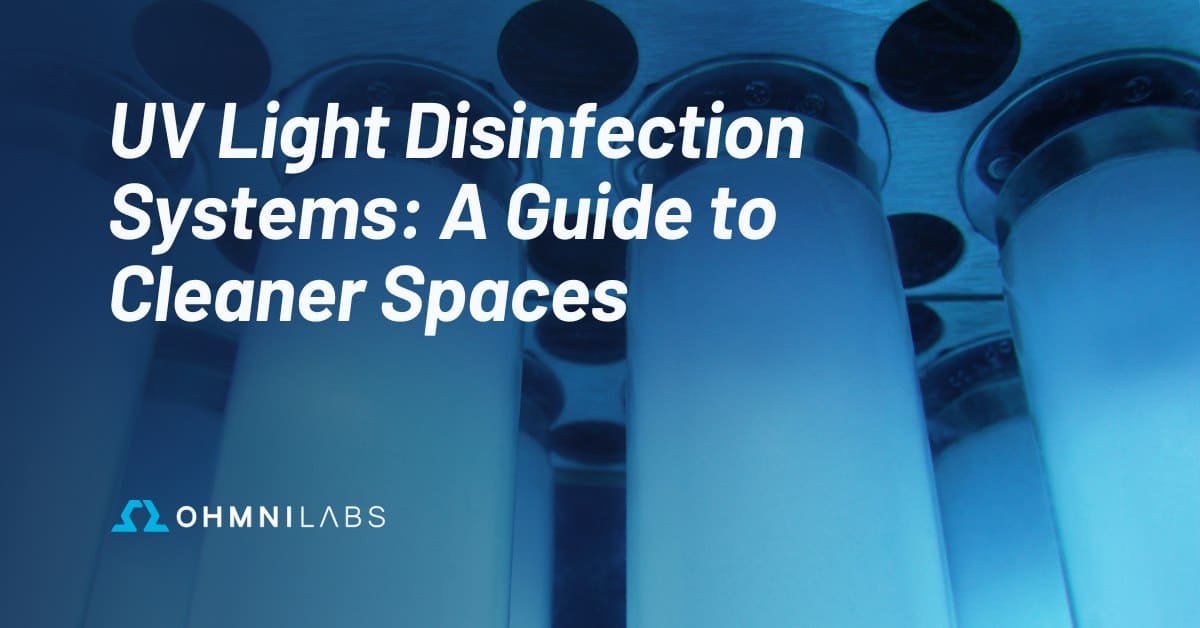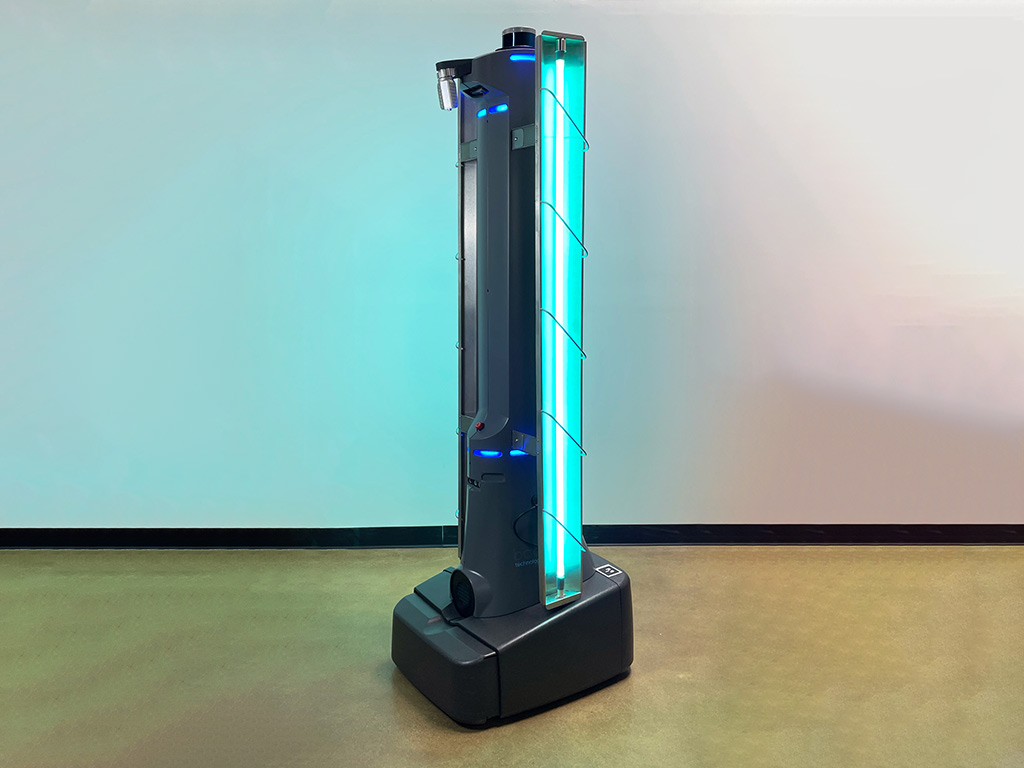Unleashing the Potential of Far UVC Light: Safeguarding Public Spaces
In an age where public wellness and safety and security have actually come to be paramount, the capacity of far UVC light to protect public spaces is a topic of expanding passion. Just what is much UVC light and exactly how can it be taken advantage of to create a safer environment for everyone? As we look into the applications and advantages of this innovative technology, we will certainly reveal the transformative power it holds over typical sanitation approaches. In addition, we will certainly check out the future implications of much UVC light in forming public health and wellness and safety, leaving no question that this arising innovation is positioned to change the means we protect our public spaces.
What Is Far UVC Light?
Far UVC light refers to a particular wavelength of ultraviolet light that has been discovered to have special residential or commercial properties in terms of its capacity to properly eliminate virus while being risk-free for human exposure. Unlike standard UV light, which can be harmful to human skin and eyes, much UVC light runs at a wavelength of around 222 nanometers, which is not able to permeate the outer layer of the skin or the tear layer of the eye.
Research study has actually revealed that far UVC light can inactivating a broad variety of pathogens, including microorganisms, fungis, and viruses. This is because of its ability to pass through the external layers of these microbes and harm their DNA or RNA, rendering them incapable to create and duplicate infection. Furthermore, because much UVC light is unable to reach the living cells in the skin and eyes, it does not create any type of harm to human cells.
The one-of-a-kind homes of much UVC light make it a suitable tool for sanitation in public spaces. It can be securely used in busy areas, such as hospitals, schools, airport terminals, and mass transit, to continuously sanitize air and surface areas, minimizing the risk of transmission of transmittable diseases. Furthermore, its safe nature and lack of recurring chemicals make it an environmentally pleasant choice to conventional sanitation methods.
Just How Does Far UVC Light Safeguard Public Spaces?
Public spaces can be successfully guarded by utilizing the special buildings of far UVC light in order to constantly decontaminate air and surface areas, decreasing the danger of transmission of infectious illness. Far UVC light, with a wavelength array of 207 to 222 nanometers, has actually been proven to be reliable in killing bacteria, viruses, and other microorganisms without harming human skin or eyes. This makes it an encouraging tool for creating more secure atmospheres in public rooms such as hospitals, airport terminals, offices, and institutions.
One of the essential benefits of much UVC light is its capability to be used continuously in occupied spaces. far-uvc. Unlike traditional UV germicidal lamps, which discharge UVC light at a wavelength of 254 nanometers that can be unsafe to human beings, far UVC light can be utilized safely around people. This permits consistent sanitation in locations where individuals gather, helping to lower the spread of transmittable conditions
Far UVC light can be incorporated right into existing ventilation systems or installed as standalone gadgets in public areas. When used in air sanitation, much UVC light can target airborne pathogens, consisting of infections, as they circulate airborne. This assists to reduce the risk of transmission through respiratory system beads. When used on surface areas, far UVC light can properly eliminate bacteria and infections on high-touch surfaces, such as doorknobs, hand rails, and lift buttons.
Applications of Far UVC Light in Public Spaces

An additional application of much UVC light is in the sanitation of surface areas. Far UVC lamps can be strategically placed in public rooms, such as healthcare facilities, colleges, workplaces, and transport centers, to constantly decontaminate regularly touched surface areas. This consists of doorknobs, hand rails, lift buttons, and countertops. By effectively killing pathogens on these surface areas, the threat of transmission with contact is substantially minimized.
Moreover, much UVC light can be made use of in the sanitation of water. By subjecting water to far UVC light, harmful bacteria present in the water can be neutralized, making it safe for public consumption. This application is especially useful in public water fountains, pool, and entertainment water facilities.
Advantages of Much UVC Light Over Typical Sanitation Methods
With its varied functional applications, much UVC light deals a number of benefits over standard disinfection approaches in public spaces. One significant benefit is its capability to provide continual disinfection without the need for human intervention. Unlike handbook cleaning approaches, such as wiping surface areas with anti-bacterial services or using UV lights operated by workers, far UVC light can be mounted in public areas to continuously decontaminate the air and surfaces without the demand for continuous surveillance or workforce.
Another benefit of far UVC light is its efficiency versus a vast variety of virus. Standard disinfection techniques might not constantly work versus all types of microbes, leaving some areas prone to contamination. Far UVC light, on the various other hand, has actually been shown to be reliable against a range of pathogens, consisting of viruses, fungi, and germs, making it a trustworthy option for comprehensive sanitation in public spaces.
Additionally, far UVC light is a ecologically pleasant and safe method of disinfection. Unlike chemical anti-bacterials, which might posture health dangers and leave harmful residues, far UVC light does not create any type of dangerous byproducts or deposits. It is risk-free for people to be revealed to and does not damage the atmosphere, making it a lasting choice for disinfection in public spaces.

The Future of Far UVC Light in Public Health and Safety
As the demand for lasting and effective sanitation techniques remains to expand, the future of far UVC light in public health and safety looks promising. Much UVC light has actually revealed great possible in successfully killing pathogens, including viruses and microorganisms, without damaging human skin or eyes. This makes it a dependable and safe alternative for constant disinfection in various public spaces.
Among the crucial advantages of much UVC light is its capability to inactivate air-borne microorganisms (far-uvc). By setting up much UVC light components in hospitals, colleges, airport terminals, and other crowded areas, we can considerably additional reading lower the danger of disease transmission via the air. This has actually become also a lot more critical taking into account recent break outs, such as the COVID-19 pandemic
Moreover, far UVC light can be incorporated into existing air flow systems, enabling for continual disinfection of the air as it flows. This indicates that also precede with high tenancy rates, the threat of infection can be reduced, giving a safer environment for every person.
In addition to air sanitation, far UVC light can likewise be made use of to sterilize surfaces. By integrating much UVC light innovation right into portable gadgets or independent robots, we can effectively decontaminate typically touched surface areas, such as doorknobs, elevator buttons, and hand rails.
Conclusion
Finally, much UVC light has the potential to transform public wellness and safety by successfully sanitizing public rooms. Its ability to kill virus without harm to humans makes it an appealing option for avoiding the spread of contagious diseases. With its various advantages over standard disinfection approaches, such as no chemical residue and continual sanitation, much UVC light holds excellent promise for future applications in protecting public areas.
In a period where public wellness and safety have actually become extremely important, the potential of far UVC light to protect public areas is a subject of expanding rate of interest. We will check out the future effects of much UVC light in shaping public wellness and security, leaving no uncertainty that this arising modern technology is positioned to change the method we secure our public areas.
Unlike standard UV germicidal lights, which emit UVC light at a wavelength of 254 nanometers that can be hazardous to humans, much UVC light can be made use of securely around individuals - far-uvc.In final thought, go to this site far UVC light has the prospective to transform public health and wellness and safety by effectively disinfecting public spaces. With its various advantages over traditional sanitation approaches, such as no chemical deposit and constant sanitation, much UVC light holds wonderful pledge for future applications in securing public areas